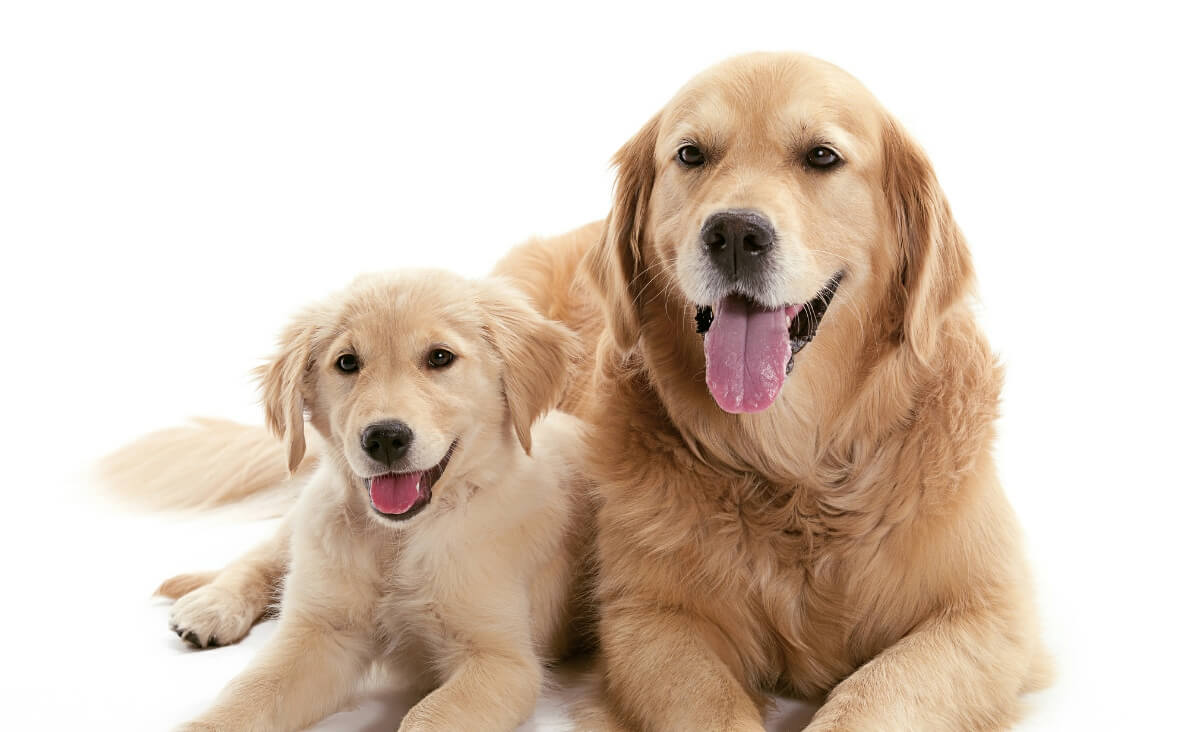
Bringing a new puppy into your home is an exciting time, full of anticipation and joy. However, this joyous occasion can quickly turn stressful if your older dog doesn’t like the new puppy. This situation is not uncommon, and many pet owners face similar challenges when introducing a new canine family member. Understanding why your older dog is reacting this way and knowing how to manage their interactions can make the transition smoother for everyone involved.
Understanding the Dynamics
It’s important to recognize that your older dog’s reaction to the new puppy stems from natural instincts and behaviors. Older dogs are territorial by nature and may feel threatened by the presence of a new dog in their space. This territorial instinct can manifest as jealousy or insecurity, especially if the older dog perceives the puppy as a competitor for your attention and resources.
Additionally, the energy levels and play styles of older dogs and puppies are often vastly different. Puppies are typically full of energy, curiosity, and a desire to play, which can be overwhelming for an older dog who is used to a quieter, more relaxed environment. Understanding these dynamics is the first step in addressing the issue.
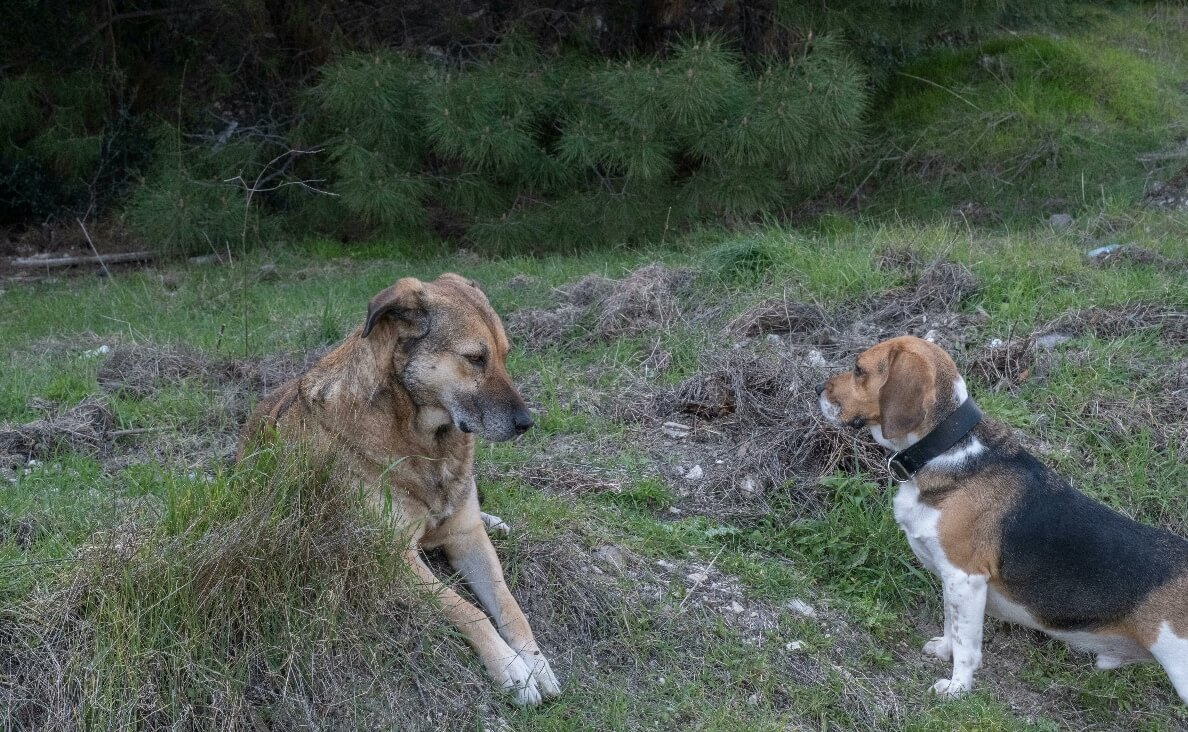
Initial Introduction
The initial introduction between your older dog and the new puppy sets the tone for their future relationship. To ensure a positive start, introduce them in a neutral environment, such as a park or a friend’s yard, where neither dog feels possessive over the space. This neutral territory helps to minimize territorial aggression.
A gradual introduction is crucial. Allow the dogs to observe each other from a distance initially, gradually decreasing the distance as they become more comfortable. Supervised interactions are essential during this phase to ensure both dogs feel safe and to prevent any potential conflicts. If your older dog doesn’t like the new puppy, don’t force interactions; instead, allow them to get acquainted at their own pace.
Related: How to Introduce Dogs to Each Other
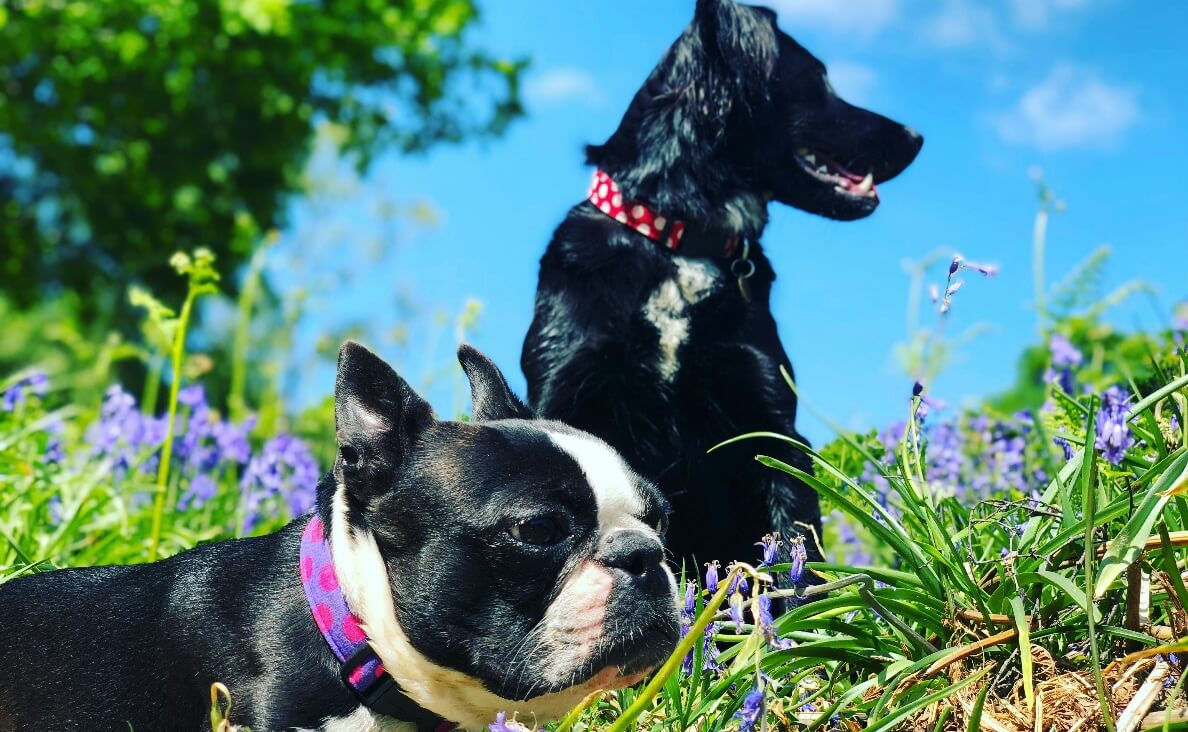
Creating a Positive Environment
Creating a positive environment for both your older dog and the new puppy involves establishing separate spaces where each dog can retreat and feel secure. This separation is particularly important during the initial days of the introduction. Ensure that each dog has their own toys, beds, and feeding areas to prevent any feelings of competition.
Using positive reinforcement is key to encouraging good behavior. Reward both dogs with treats and praise when they interact calmly and positively with each other. This reinforcement helps to build a positive association between the older dog and the new puppy, making it more likely that the older dog will begin to accept the new addition to the family.
Managing Interactions
Managing the interactions between your older dog and the new puppy requires close monitoring, especially during playtime. Puppies can be rambunctious and may not understand the boundaries that an older dog needs. It’s important to recognize signs of stress or aggression in both dogs, such as growling, snapping, or prolonged staring.
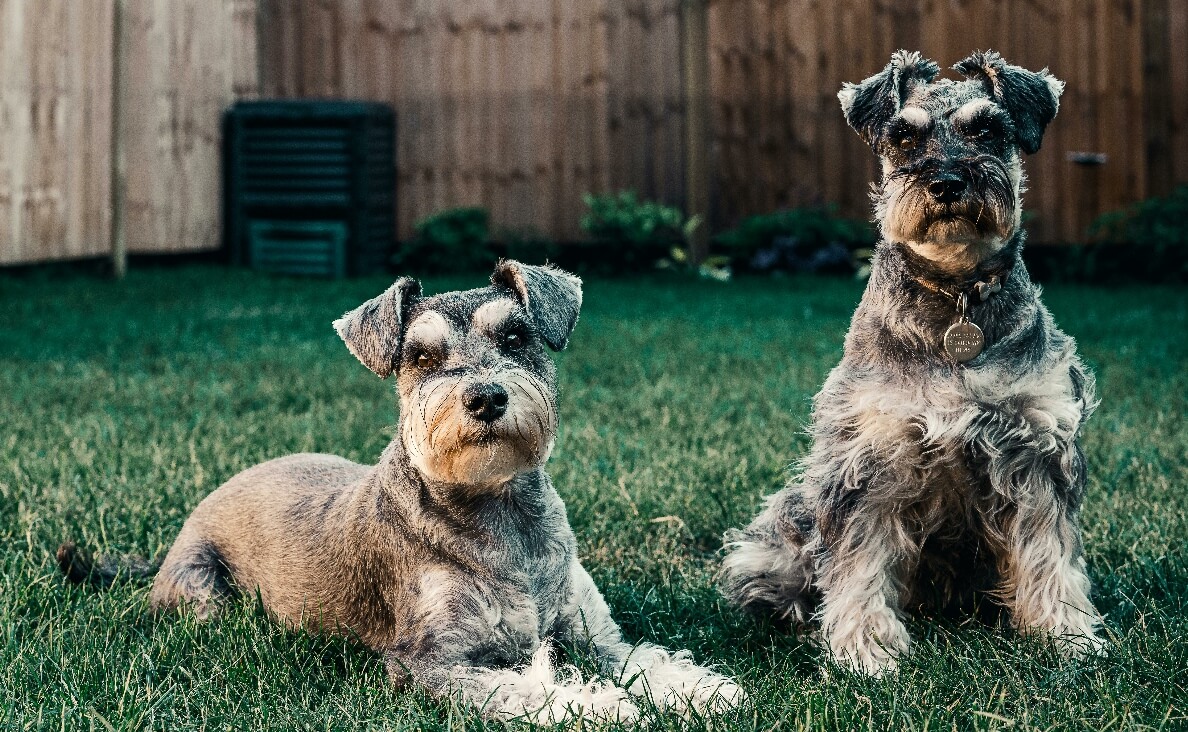
When you notice any signs of discomfort or aggression, intervene and redirect their attention. This can be done by calling the dogs to you, offering a distraction such as a toy or treat, or giving them a short break from each other. Ensuring that interactions remain positive and controlled will help to build a harmonious relationship over time.
Related: How to Stop Dog Aggression Toward Other Dogs
Training and Socialization
Training and socialization are essential components in helping your older dog and new puppy coexist peacefully. Training both dogs with basic commands, such as “sit,” “stay,” and “leave it,” can foster obedience and respect. Consistent training sessions will help both dogs understand what is expected of them and will provide opportunities for positive interactions.
Socialization techniques can also help your older dog accept the new puppy. Gradually exposing the older dog to the puppy in various situations and environments can help to desensitize them to the puppy’s presence. If you find that the tension between the dogs persists, consider enlisting the help of a professional dog trainer. A trainer can provide personalized advice and techniques to address specific behavioral issues.
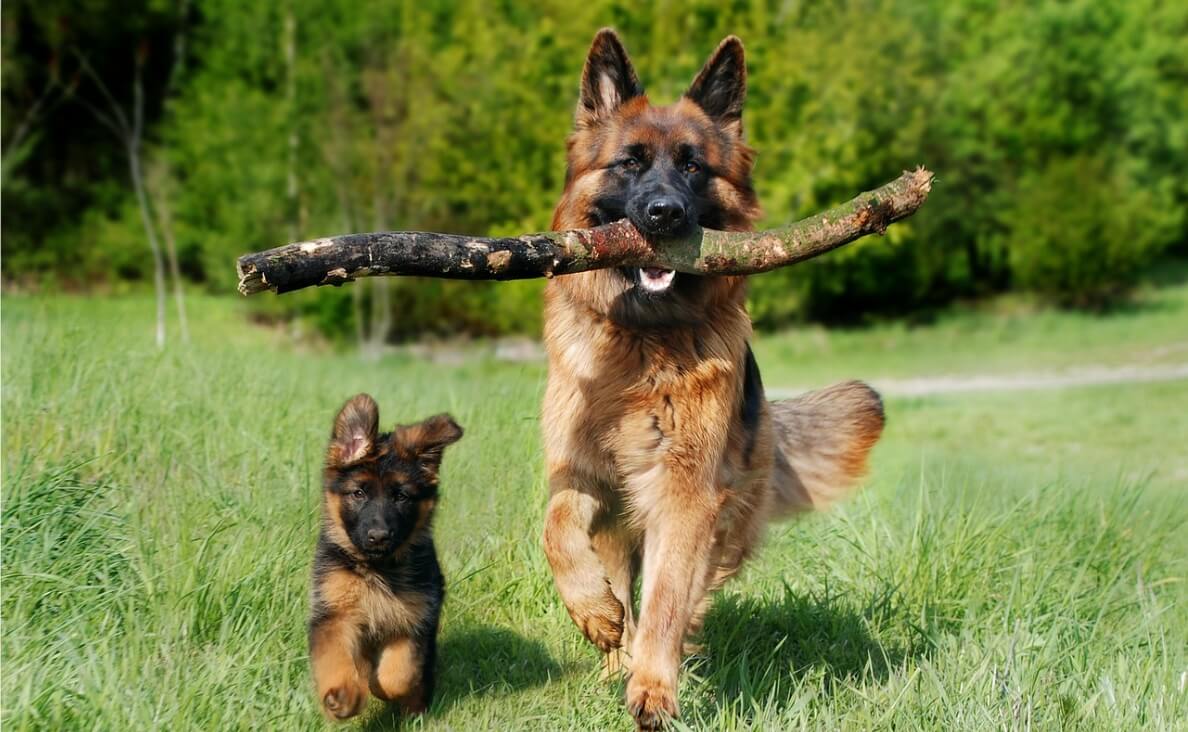
Patience and Persistence
Patience and persistence are crucial when helping your older dog adjust to the new puppy. It’s important to remember that this adjustment takes time, and it’s normal for there to be ups and downs along the way. Encourage a routine that suits both dogs’ needs, ensuring that the older dog gets plenty of individual attention and reassurance.
Keeping a positive attitude and consistently reinforcing good behavior will go a long way in fostering a harmonious relationship between your dogs. Celebrate small victories and remain patient during setbacks. With time and effort, it is possible for your older dog to accept and even bond with the new puppy.
In conclusion, if your older dog doesn’t like the new puppy, it’s important to understand the underlying reasons for their behavior and to take steps to manage their interactions effectively. By introducing them gradually, creating a positive environment, managing their interactions, and focusing on training and socialization, you can help both dogs adjust to the new dynamic. Remember to be patient and persistent, and with time, harmony can be achieved.
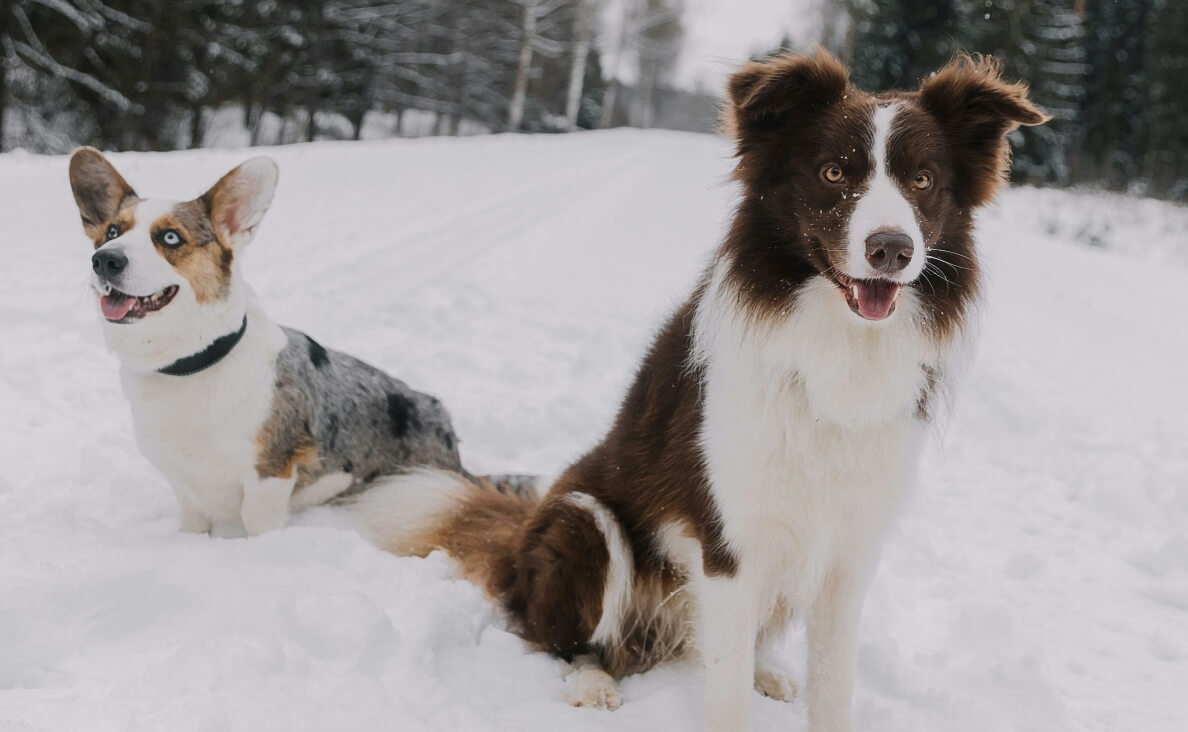
If you’re dealing with a situation where your older dog doesn’t like the new puppy, we hope these tips provide some guidance and reassurance. By addressing the challenges and being proactive, you can create a loving and peaceful environment for both your older dog and new puppy. With patience and consistent effort, you’ll be able to foster a bond between them that will enrich your household for years to come.
Have you had an older dog who didn’t like your new puppy? How did you help them learn to get along? Share your personal experiences in the comments below—we’d love to hear from you!

 Most Popular Dog Names of 2021
Most Popular Dog Names of 2021 10 Things You Forgot About Raising a Puppy
10 Things You Forgot About Raising a Puppy Top Dog Names of 2018
Top Dog Names of 2018 5 Things You Can Easily Forget When Training Your Dog
5 Things You Can Easily Forget When Training Your Dog 18 Puppy Training Tips to Help You Stay Sane
18 Puppy Training Tips to Help You Stay Sane






Leave a Reply